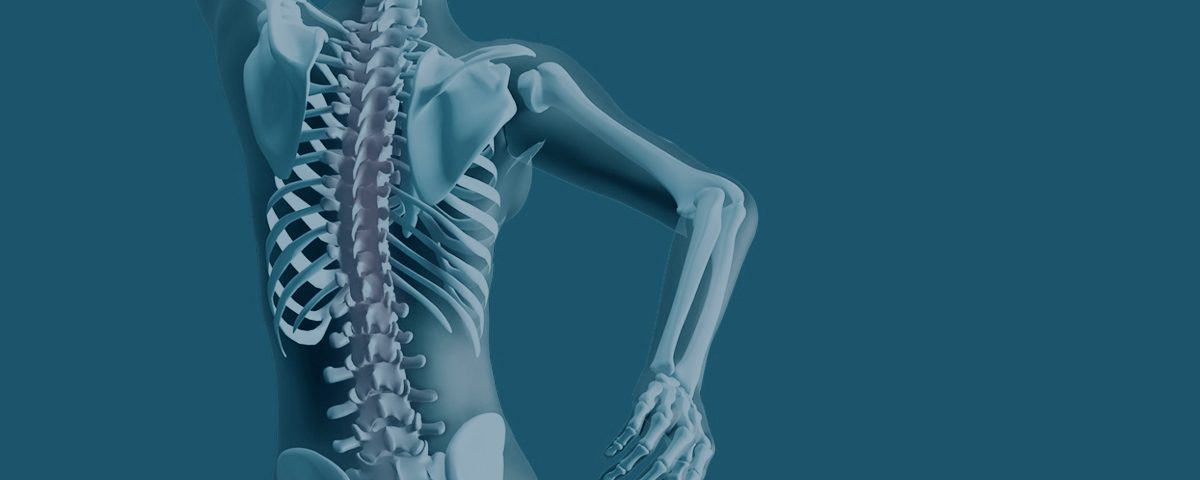
Safe, Specific and Painless Chiropractic
December 21, 2020
Slips & Falls: I’ll Take Your Call
March 1, 2021What is Mastery?

What is Mastery? Knowing what you’re doing.
It took me 40+ years to finally arrive at that place, “where I know what I’m doing, so I can do what I want,” according to what I learned from my teacher Dr. Moshe Feldenkrais.
Working with my patient Dawn this morning, I used three modalities – Chiropractic, Craniosacral Therapy and the Feldenkrais Method. I was thinking functionally, and my Feldenkrais thinking informed the other modalities I was using.
What does that mean?
It means, all the parts relate to each other and to the whole of the person. Just like a piece of art work, the parts of the painting relate to each other and to the whole of the picture.
Moving the arm, it functions like a kinematic chain. Meaning, the arm is connected dynamically to the shoulder blade, to the clavicle, to the sternum, to the ribs and then the spine and eventually the pelvis. They all move dynamically.
So, I’m not thinking segmentally, meaning only one part. I’m thinking of a dynamic interplay of the parts. For instance, when I go to pick up something or move something, there is a kinematic chain of movement from the arm to the shoulder blade, to the clavicle thru the sternum, into the ribs, the spine, and pelvis. Everything is participating according to its ability.
Dawn came in complaining of right hip pain, and mentioned her right foot was hurting her. I discovered the lower extremities of the right leg are not aligned, that the fibula and tibia are impinged. (Again, it’s not the side of where it hurts that is the problem; its coming from somewhere else.) This is affecting her hip on the opposite side (left), and she is overcompensating, which is also affecting the left rib cage.
Doing Functional Integration, I could see C7 (the base of her neck) was fixed on the left side; in other words, her head was tilted to the left, affecting her left lower ribs. The upper ribs on her left upper back were fixed as well, not allowing her head to move back into extension; potentially causing her chronic left lower rib pain.
When I got Dawn to the Feldenkrais table, it became clear to me that her chronic problem with her lower left ribs always hurting, was that there was a fixation at C7 at the base of her neck on the left side. The fixation on the left was stopping her from moving in the opposite direction (side bending her head to the right and sliding her hands towards her right heel) and therefore the ribs on the left could not open. The fact that she could move the left arm easier to the foot on the left side was only emphasizing the pattern on the left side of the ribs being contracted on the left. She felt her whole left side as being “crushed together.”
Of note is the fact that the left hand could slide down towards her left foot, because of her pattern in her ribs. This prevented the motion of the right hand sliding down to her right heel and contributed to the mobility of the head not being able to fully extend.
It’s all a dynamic whole. That’s what Feldenkrais meant by Functional Integration. Each part cooperates as needed and contributes to the whole of the movement.
Even though there is pain, your body knows no difference, it goes back to the pattern it has learned. It is difficult to get out of the pain, because the body wants to go back to its known pattern, until you can present it with a safe alternative. We don’t contradict the pattern initially, we exaggerate it, to be able to “correct” it or find a new way of moving. You need to retrain your mind and body to adapt to a new pattern.
So, I use chiropractic as needed, but I apply it in a functional way. I’m not just adjusting a “single” segment of the spine or extremity in and of itself; but I’m thinking of how it is moving in relationship to another joint.
So even though I am using a very rational, highly specific chiropractic technique, the Activator method, I’m thinking functionally. Meaning I am not thinking “statically”, but observing how the person is moving in space.
That’s how we move in Life.
That’s what gives me the confidence to know that I am most likely providing a lasting result. Seeing what’s not moving, and looking in depth as to why it’s not moving and looking at the whole kinematic chain behind that. Everything affecting everything else in a global way.
When I first started out as a chiropractor, I did everything mechanistically. Meaning I did everything by rote. I did what the textbook said to do, what my teachers told me to do. I didn’t “think” about what I was doing. I was regurgitating what I learned. I wasn’t being Present or Observing what I was seeing going on right in front of my eyes. I wasn’t thinking functionally or critically. I had no discernment; no critical thinking about what I was doing.
So nothing made any sense, rhyme or reason. If I adjusted a Posterior Ilium, I didn’t fit it into any context of what the whole body was doing. In the case of extremity adjusting, where was the fibula? What was it doing? What was it’s relationship to the tibia bone? If it was torqued, what did that mean? How did that affect the knee?
As I did more Awareness thru Movement and came into more self-awareness; I was able to relate what I sensed in my body and my awareness as a thinking and well-organized body. I could then translate that onto the person I was working on. I could apply my chiropractic skills in a more discerning way; observing the person in front of me and applying my chiropractic knowledge in a more critical way.
To adjust that bone in a specific way, to yield a specific result, and understand what I was ultimately trying to accomplish. That’s the idea of really thinking about what you’re doing.
The worst kind of chiropractic adjustment is going to see someone who does the same generic adjustment on everybody without any rhyme or reason. The next level of care is trying to do your best, but applying the technique in a robotic way. The next level is doing it mechanically and adjusting the local segment that’s “out of place’ or “fixated” – not thinking how the bones affect one another.
As I improved my ability to self-sense and have greater introspection (to know what I was feeling and sensing from within) I could think more of the whole of the other person. Then Chiropractic made more sense to me – it’s not just cracking bones.
Now in feeling the movement in myself, when I go to adjust someone else, it makes sense what I’m doing to them – why I’m adjusting what I’m adjusting.
This is what I mean by functional thinking, as opposed to mechanical or being mechanistic.


